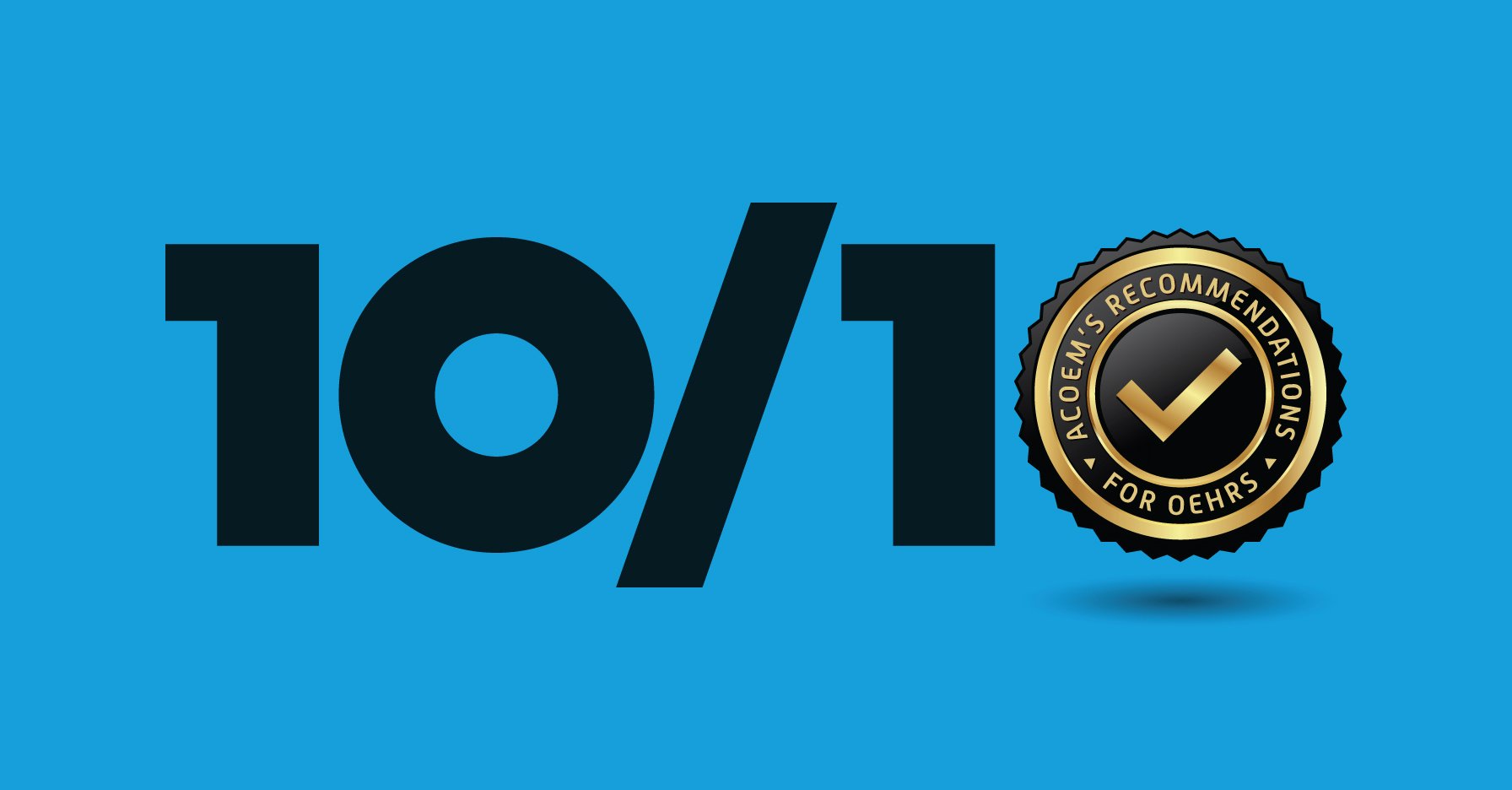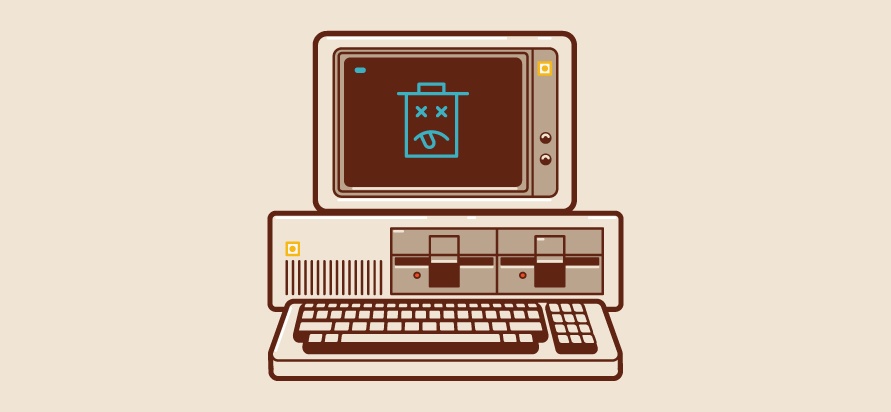Employee health portals included in OEHR guidelines
By Enterprise Health on Apr 2, 2025 2:37:32 PM

While ambulatory and in-patient electronic health records are subject to comprehensive and rigorous certification criteria, there is no “official certification” for OEHRs. The recent ACOEM guidance statement serves as the next best thing and a helpful playbook for OEHR evaluation.
The checklist provides ten recommendations, covering OEHR functionality from privacy and security, to reporting and medical surveillance, to patient education materials. Employee health portals, which will only grow in importance as technology advances, are included in the checklist.
Employee health portals streamline clinic operations, create a "culture of health"
The new ACOEM guidelines call for OEHRs to connect employees to an occupational health portal that fosters worker participation and engagement in occupational health, benefiting not only the employees, but clinic operations overall
Employee health portals support employee self-service, enabling workforce members to schedule appointments, complete pre-appointment questionnaires, report an injury or illness, and access health information and resources. Employee portals also help foster employee engagement and active participation, and demonstrate employer commitment to creating and maintaining a culture of health.
From a clinic operations standpoint, portals can dramatically reduce the time spent by administrative staff on tasks such as appointment scheduling/confirmation/rescheduling, collecting and entering employee health data, and sharing post-visit results and information – freeing up time for higher value activities.
Enterprise Health portals are purpose-configured for a variety of use cases
Enterprise Health portals leverage the company’s patient engagement intellectual property and provide purpose-configured portals for a variety of use cases:
- Employee portals enable workforce members to schedule appointments, complete pre-appointment paperwork, access and share health information and securely message with clinical staff. The Enterprise Health employee portal can also be offered as a mobile app. During the COVID pandemic, employee portals were used to collect and manage symptom monitoring, testing status and vaccine status. This same functionality can be configured to support other use cases, including completion of patient diaries or management of chronic conditions.
- Supervisor portals empower authorized managers to schedule appointments on behalf of employees, view employee work status, access medical surveillance status and due lists and view reports.
- Applicant portals are used to streamline the pre-employment medical clearance process. Applicants can schedule pre-employment physicals and complete pre-visit questionnaires, which creates an applicant chart that can be auto-merged with employee charts for candidates who are hired. Applicant portals help speed the time from offer to onboarding, improving the new employee experience.
- Client portals can be deployed for Enterprise Health clients providing third-party occupational health services to their employer customers. Client portals can support functionality including ordering and results, secure communication and report viewing.
Enterprise Health checks all the boxes on the ACOEM guidelines – including employee health portals.
Download the checklist and see how your current system stacks up.
You May Also Like
These Related Stories

Why your OEHR support team should actually get what you do

Is your OEHR designed around the way occ health teams actually work?
